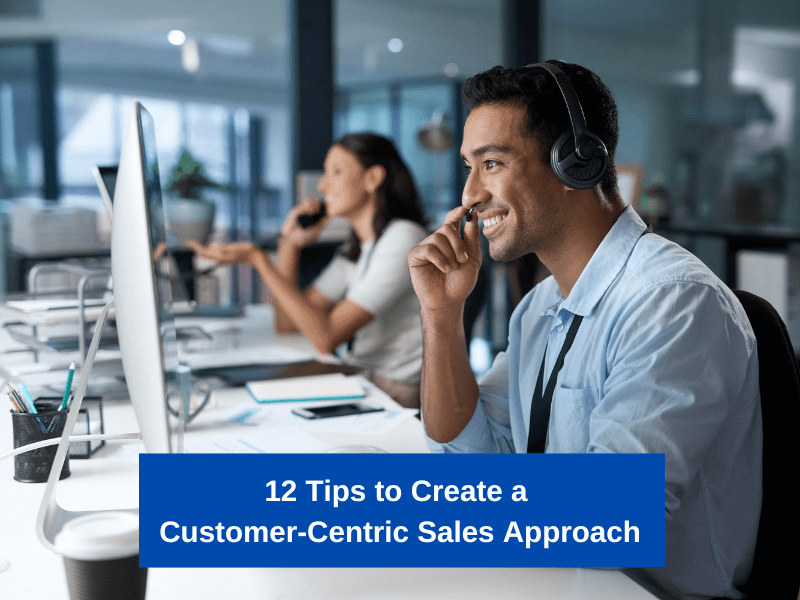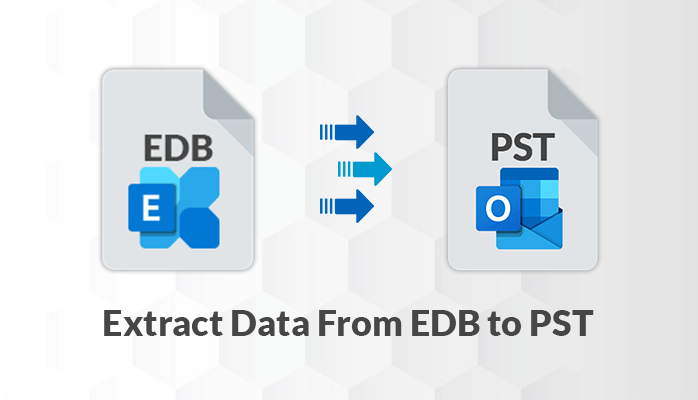
You have probably heard the sayings “the customer is always right” or “the customer is king.” If you still need to, you should familiarise yourself with them and integrate them into your business’s core values, especially as a sales representative. Catching and holding consumers’ attention is increasingly challenging each day. So, how can you ensure customers don’t scroll past or look the other way when they see your ads? The key is to focus on reaching out to the right people with the right message and using a customer-centric strategy. This is what customer-centric marketing is all about.
Tips for maintaining a customer-centric sales approach
Develop a better understanding of your customer’s needs
It must be emphasized more how important it is to know what your consumers think about your service or product. Businesses must develop customer relationships and adopt customer-centric thinking to please clients and enhance their experience. Regretfully, most marketing and salespeople need help seeing how implementing a customer request can help boost their profit margin.
One way to visually map the Customer Journey is to illustrate customers’ processes and perceptions throughout their interaction and relationship with your brand.
See the customer journey as a recurring series of cycles
When strategizing the customer journey, consider it a recurring series of interconnected cycles. Take a full-funnel approach to understand your customers at every stage of the customer journey, and find opportunities to appeal to them at each various stage—Utilizing a creative strategy to develop brand identity on typically more conversion-focused interactions while also guaranteeing the presence of call-to-actions (CTAs) or product details on initial brand interactions. You can visually map the Customer Journey to illustrate customers’ processes, needs, and perceptions throughout their interaction and relationship with your brand.
Create a one-on-one customer experience
Most companies must be aware of the benefits of a personalized customer-centric approach. Customized messaging can improve brand reputation and significantly increase a company’s customer retention rate. A highly efficient customer-centric business strategy involves personalizing customer service to create positive experiences. This is done by categorizing customer data into unique segments and sending relevant content to each group.
Periodically organize an outreach event
Organizing regular outreach events is a great way to connect with your customers and gain a competitive edge. Engaging with customers personally provides valuable insights into their feelings about your company. It allows your customers to voice their opinions, ask questions, and even provide feedback for your business to plan; this can lead to meeting potential clients and result in repeat sales. So consider choosing a location that appeals to your target audience to make the event more effective. For digital companies, hosting webinars is an effective way to interact with customers in real time.
Use Inbound Marketing
Develop customer personas that identify your ideal audiences’ needs, concerns, dreams, and opportunities. Identify the intersection points and tailor content to resonate with your target audience at each phase of the sales journey. Ensure that all communication, including award announcements, case studies, and blog posts, addresses their needs instead of focusing on your capabilities.
Create detailed customer profiles outlining your target audience’s needs, worries, aspirations, and opportunities. Discover the key touchpoints and tailor your content to resonate with these profiles at each stage of their purchasing journey. Focus all your communications, such as announcements of accolades, case studies, and blog posts, on addressing their needs rather than highlighting your capabilities.
Solve your customers’ problems on the first calls
The key to stalling customers is nailing it on that first call. Customers would want to get whatever they want or be given an option at the first call. So, that first impression is everything for building a good brand experience they’ll remember. You can adopt a friendly approach towards your customers’ needs so they will believe you are there to help them. Regularly following up on the progress of their inquiries and assuring them that your full attention is being dedicated to their cases can go a long way in building a loyal customer.
Create a Customer Onboarding Process
Closing a purchase should be more than just the ultimate goal of your company’s sales process. When someone buys your product or service, they should believe they’ve made the best decision. Have a representative walk your new clients through the basics of your product and demonstrate how to utilize it appropriately. You may apply this to both tangible and immaterial products. You can also create video instructions, help centers, instruction manuals, and other aids in using your product or service.
Hiring a sales outsourcing company to implement effective sales processes that streamline customer interactions and enhance their experience. Ensure your sales team is trained in customer-centric methodologies and equipped with the tools to provide seamless service. This is especially important in B2B sales strategies involving complex decision-making.
Provide immediate value
It is essential to make the customer understand the value and relevance of the product or service. The customer is interested in something other than the salesperson but in the product’s or service’s value towards them. While interacting with any customer, you must demonstrate how your product will provide instant value to them by giving out relevant information and resources that could help the customer than something not necessarily related to the product or service on sale. So, make it easier to discuss how the product can positively influence the customer’s company, workload, stress management, and resource efficiency.
Train your sales team
Invest in training your sales team on customer-centric sales methodologies. Equip them with the skills to listen actively, empathize with customers, and offer solutions that are truly beneficial to the customer. Understanding what a customer-centric approach for sales is and how to implement it can dramatically improve sales outcomes.
Use segmentation to cater to different customer groups
Customer segmentation goes a long way in providing a personalized and customer-centric interaction for each buyer. Segmenting by customer type gives the immediate context to understand a client’s history, concerns, and previous interactions to provide a better customer service experience. While a CRM is a gold standard for customer segmentation, there are other customer-centric marketing tools; you can still categorize customers without software. You can employ a simple automated phone routing menu so customers can identify customers and route them to the right agent or department.
Segmentation streamlines the support experience for you and your customers, making it more favorable for everyone involved. It can also help you personalize each interaction and provide a customer-centric experience.
Connect with customers on multiple channels
Prepare to grow with the times and take a multi-channel approach. Offer a range of support channels to accommodate diverse clients’ preferred communication ways. Customer service expectations fluctuate significantly across generations. While Millennials and Gen Z customers prefer to contact support teams via messages, Boomers prefer to communicate by phone or email.
For instance, if you sell retirement insurance, your clients may prefer phone or chat to explain things thoroughly. However, if your primary target audience is digital-savvy Gen Z, you may need more than just providing exclusively phone assistance. Of course, the best-case scenario is to give multi-channel support to buyers across numerous platforms. If you can handle several communication platforms, consider making them all available to your audience to foster customer-centricity. But, if you can only provide a few support channels, take the time to learn about your buyers and how they prefer to interact with you.
Aim to build trust
Above all, it is important to build trust with your customers. Companies committed to customer-centricity have one thing in common: they prioritize earning their customers’ trust. Trust isn’t easy to gain, and it’s straightforward to break. Most customers assume you exist only to sell products and make money, so building long-term relationships can be an uphill battle. Embodying and demonstrating your customer-centric approach is key.
Regarding trust-building,’ the role of positive interactions cannot be underestimated, especially in a support environment. In theory, being customer-centric is not enough; you must practice it. To establish trust with your buyers, ensure your agents are available at the right times and equipped with the right technology. Customers who reach out tot to support agents are placing their trust in your team. A positive interaction can be another catalyst for a lasting relationship.
Final thoughts
Adopting a customer-centric sales approach is not just a trend; it’s necessary in today’s market. But how do you create a customer-centric approach? You can create customer-centric sales strategies that drive success by understanding your customers, personalizing your approach, and building solid relationships. Leverage technology, train your sales team, and foster a customer-centric culture to enhance your sales methodologies and deliver outstanding customer value. Remember, the key to a successful customer-centric sales approach lies in continuously striving to exceed customer expectations and consistently delivering exceptional experiences.
By implementing these proven 12 tips, you can transform your sales process into a customer-centric powerhouse that meets and exceeds your customers’ needs, paving the way for long-term success and growth. Whether you’re involved in B2B sales or other markets, focusing on effective sales processes and adopting a custom-centric sales methodology will help you stay ahead of the competition and build lasting customer relationships.








